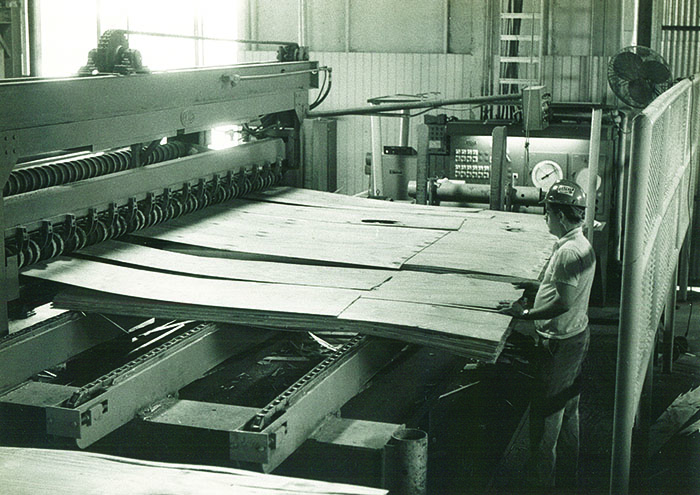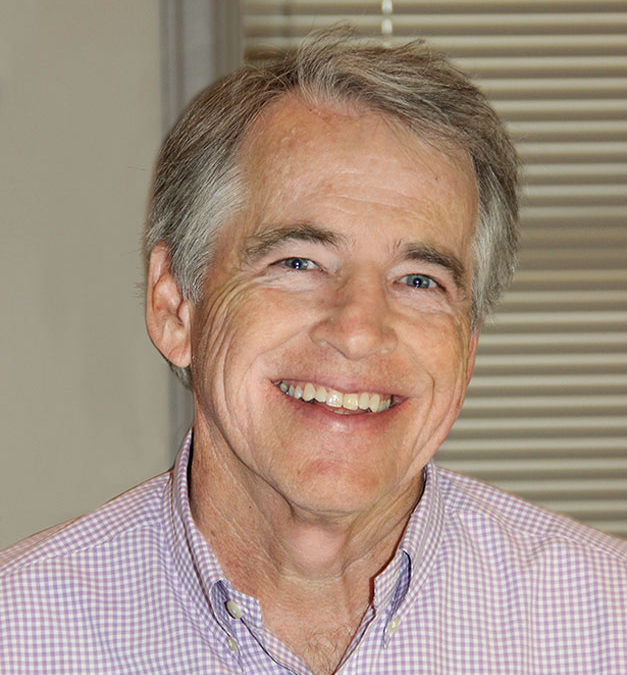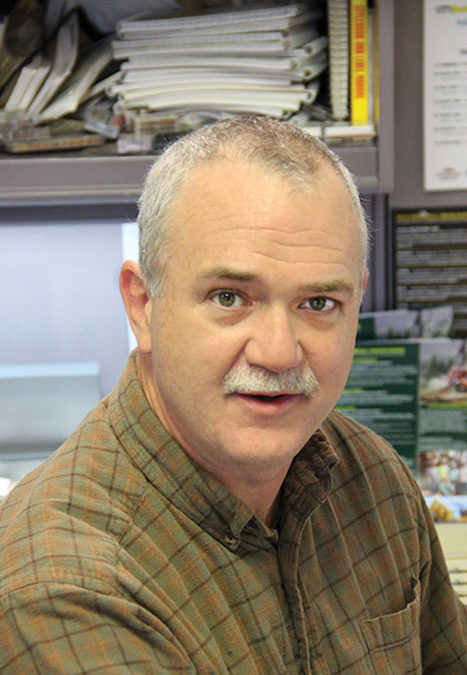Chris Swanson Named Swanson Group PresidentOregon-based Swanson Group announced the appointment of Chris Swanson as President. In the expanded role...
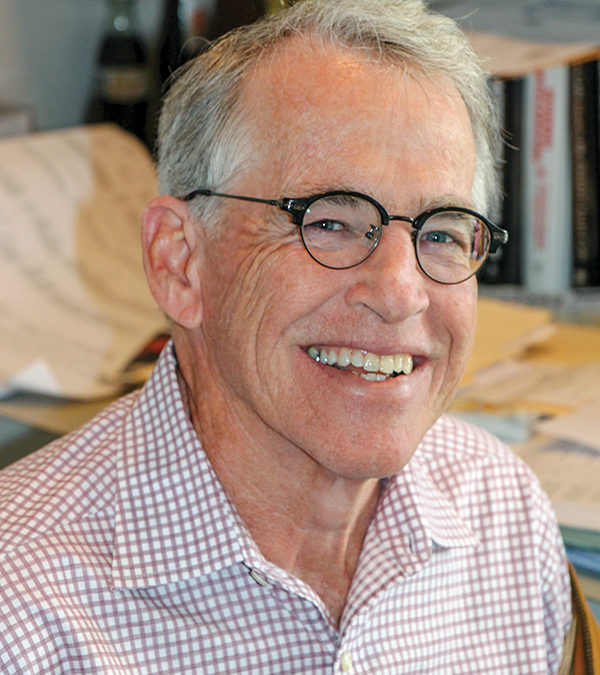
Nothing Like Going Back
Nothing Like Going Back
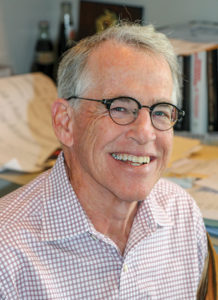 Article by Rich Donnell, Editor-in-Chief, Panel World September 2019
Article by Rich Donnell, Editor-in-Chief, Panel World September 2019
Through the course of time, as we editors travel to wood products mills around the world, we begin to view some mills as more than just a mill, but rather as a member of our editorial family.
Take this issue’s cover story for instance—the RoyOMartin southern pine plywood mill in Chopin, La. Panel World editors have visited this mill and written articles on it four times since it started running in 1996.
I went there almost exactly 23 years ago, several months after it peeled its first block in February 1996. After considering the construction of a southern pine sawmill, Martco (Jonathan Martin and Jerry Buckner in particular) realized a plywood mill would better address its wood utilization situation. Martco officially announced the project in 1994 at a cost of $50 million and with a stated production capacity of 250MMSF (3⁄8 in.).
It was very special to be able to visit with these gentlemen and tour the mill for the article. Martco had gone with Durand-Raute for most of the machinery, having come away impressed with some similar equipment it had seen in action at Plum Creek Timber’s plywood mills in Montana.
The next time Panel World went back to Chopin was in 2007. Our senior editor Dan Shell made that journey, mainly because the mill had started up a second plywood line—heavier to USNR (Coe) and SparTek this time (including a seven ply foam glue layup line—and had increased annual production capacity to 470MMSF, going after smaller logs in longer lengths.
It was my turn again in 2011, and while the mill had made some equipment improvements, boosting production to nearly 490MMSF, the brunt of the article was on the company’s Living With Wellness Program, which emphasized the idea that a healthier employee is also a safer worker. Looking back on it, I think I went back mainly because I just wanted to see how the mill had evolved since my initial visit.
A few things caught our attention for this latest visit for the article in this issue. The trip to the mill had brought in some dryers since our previous visit, and had recently undergone considerable upgrade to its automation systems and controls throughout the mill. Production had hiked again to 510MMSF, more than double the original output. But what really caught our eye was that a couple of years ago the mill had implemented a timbers sawmill line, utilizing the non-plywood stems from the optimized multi-saw bucking line.
The editor who visited the mill and wrote the story in this issue, Jessica Johnson, was all of eight years old when I visited the new mill in 1996. Maybe now you can begin to see how a mill can traverse our editorial landscape.
RELATED ARTICLES
ROYOMARTIN ADDS PRODUCTION LINE IN CORRIGAN
HAPPY 25TH BIRTHDAY CHOPIN PLYWOOD
TIME IS FREE BUT IT’S PRICELESS
ROY MARTIN III PAINTS REFRESHING, POSITIVE PICTURE
Latest News
Chris Swanson Named Swanson Group President
USA Bioenergy, LP Sign Feedstock Letter Of Intent
USA Bioenergy, LP Sign Feedstock Letter Of Intent USA BioEnergy (USABE) has signed a letter of intent with LP Building Solutions (LP) outlining...
RedBuilt Appoints Ted Osterberger As CEO
RedBuilt Appoints Ted Osterberger As CEOHampton Lumber and affiliate, RedBuilt, are pleased to announce the appointment of Ted Osterberger as Chief...
Hardwood Plywood Coalition Files Trade Petitions Against Asian Imports
Hardwood Plywood Coalition Files Trade Petitions Against Asian ImportsWashington, D.C.-based law firm Wiley, on behalf of the Coalition for Fair...
Find Us On Social
Newsletter
The monthly Panel World Industry Newsletter reaches over 3,000 who represent primary panel production operations.
Subscribe/Renew
Panel World is delivered six times per year to North American and international professionals, who represent primary panel production operations. Subscriptions are FREE to qualified individuals.
Advertise
Complete the online form so we can direct you to the appropriate Sales Representative. Contact us today!
Latest News
Chris Swanson Named Swanson Group President
Chris Swanson Named Swanson Group PresidentOregon-based Swanson Group announced the appointment of Chris Swanson as President. In the expanded role...
USA Bioenergy, LP Sign Feedstock Letter Of Intent
USA Bioenergy, LP Sign Feedstock Letter Of Intent USA BioEnergy (USABE) has signed a letter of intent with LP Building Solutions (LP) outlining...
RedBuilt Appoints Ted Osterberger As CEO
RedBuilt Appoints Ted Osterberger As CEOHampton Lumber and affiliate, RedBuilt, are pleased to announce the appointment of Ted Osterberger as Chief...
Hardwood Plywood Coalition Files Trade Petitions Against Asian Imports
Hardwood Plywood Coalition Files Trade Petitions Against Asian ImportsWashington, D.C.-based law firm Wiley, on behalf of the Coalition for Fair...
Find Us On Social
Newsletter
The monthly Panel World Industry Newsletter reaches over 3,000 who represent primary panel production operations.
Subscribe/Renew
Panel World is delivered six times per year to North American and international professionals, who represent primary panel production operations. Subscriptions are FREE to qualified individuals.
Advertise
Complete the online form so we can direct you to the appropriate Sales Representative. Contact us today!


